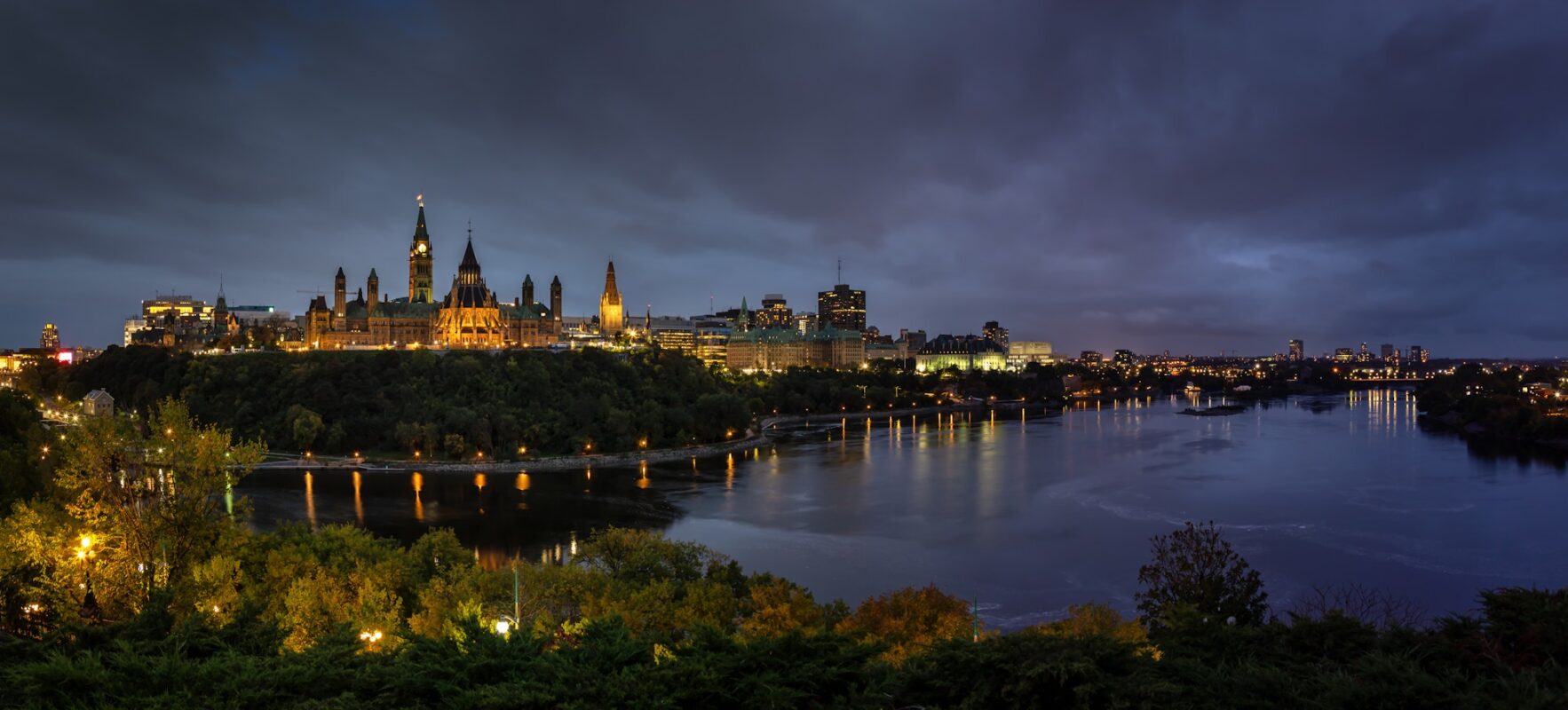Gray began by noting two caveats: (1) landscape planning must consider many complex variables including ecological, social, and economic components; (2) sustainability requires more than just survivability — resilience is now the goal, i.e., leaving self-maintenance processes in place. Next, we must distinguish between corridors (things on a map) and connectivity (“the quality of the landscape that allows animals or plants to move through it”). As well, one should be clear about one’s objective: Amenities for humans, or Sustaining ecological systems. He noted that, in the Ottawa context, the landscape is very fragmented. This makes connections very important. Populations may become locally extinct in individual patches, but survive in a set of patches. Note also that how animals move across a landscape is species-specific: e.g., along fence rows or across the open field. The trout lily needs ants to move its seeds. Muskrats move through the sewers, raccoons use human structures (your garage).
Gary Bell’s presentation – summary
Gary presented preliminary results of the Nature Conservancy’s Ottawa Valley Conservation Plan which, like all of its work, is science-driven. Conservation Plans are like a business plan: It focuses in on what the Conservancy can do, based on targets selected. The Ottawa Valley is an overlap of eco-regions: the Great Lakes, the Boreal and the St. Lawrence Lowlands, and the Northern Appalachians. It is a key area for biological diversity for both Ontario and Quebec. It has one of the highest densities of rare species in Ontario. Its primary threat is fragmentation. Two sets of conservation targets were selected: three complexes (forest, wetland, rivers & riparian habitats) and three special cases (karst and alvar ecosystems, dunes and sandy barrens, and grassland birds). Their viability and threats were assessed. For each 400-ha cell, potential conservation actions were then considered and priorized. A least-cost path analysis of connectedness was performed. In the end, five Project Goals and Actions were identified.

